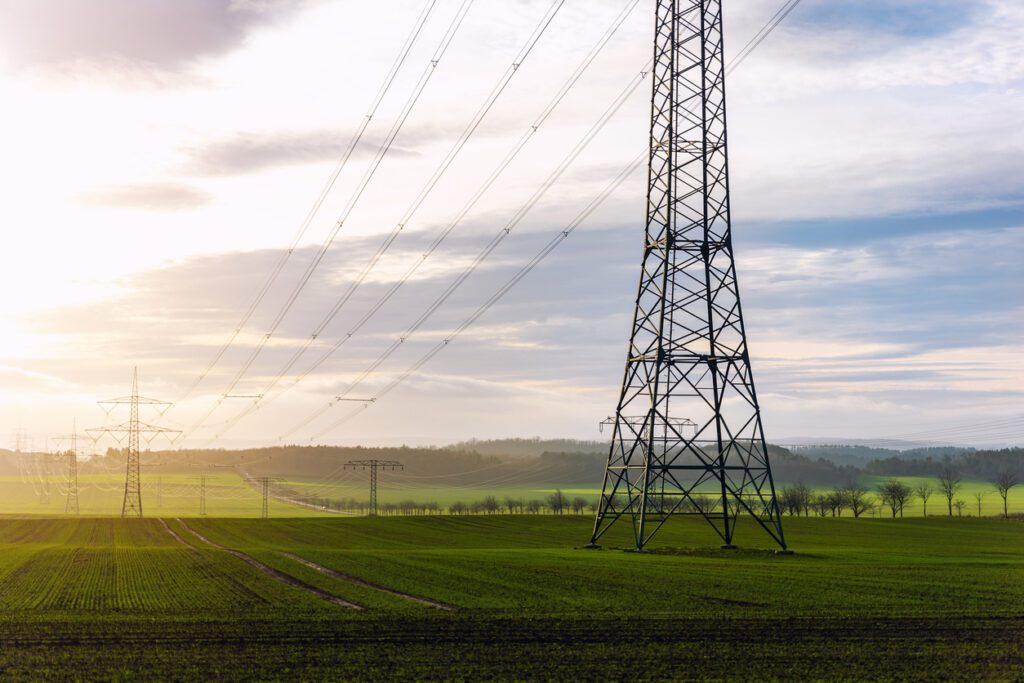
Electricity prices across America continue to increase even as the price of natural gas for electric generation is near an all-time low. Electric utility costs have increased by 24.8 percent in three years. They will continue to escalate until the Federal Electricity Energy Regulatory Commission acts to protect consumers versus the utility companies that build transmission lines.
This reality strengthens the case for retrofitting homes with insulation since the cost can be partially offset by the $1,200 25C tax credit to homeowners. Consumers can claim this tax credit each year through December 21, 2032.
State of the Market
The U.S. is facing significant upcoming costs related to electric transmission infrastructure. Power transmission lines currently are not equipped to handle the growing electricity demand and integrate more renewable energy sources, which often require long-distance transmission, leading to “grid congestion” and increased costs for consumers if not addressed.
The massive effort to upgrade electric transmission infrastructure is already underway. According to FERC’s 2024 State of the Market Report, more than 500 new electric transmission projects entered service across the country in 2023. These projects produced more than 4,000 miles of new transmission lines and upgrades. The costs for those infrastructure upgrades will be passed directly to consumers, who have seen their electric utility costs increase by nearly 25 percent in three years.
The Biden Administration recently announced that with funding from the Investing in America Agenda, the U.S. Department of Energy will invest $1.5 billion toward improving grid reliability across America. While that amount certainly helps, consumers should act today to reduce their cost burden in the future.
Making the Case for Insulation Upgrades
No crystal ball can reveal how high electric utility costs will go, but it’s a certainty that as grid modernization expands, consumers will bear the cost of these upgrades. And that’s why an increased focus on reducing electricity use by improving the energy efficiency of buildings is so important.
In addition to the uncertainty about the future cost of electricity, the change in administration adds the risk of eliminating funding for some energy efficiency programs.[1] These unknowns lend urgency to boosting home energy efficiency by leveraging available tax credits.
NAIMA Continues to Focus on Aiding Contractors
NAIMA is supporting insulation contractors with free sales and marketing materials to help them talk with consumers about the 25C tax credit. Contractors who enroll in the program receive detailed information on the 25C tax credit via a series of fact sheets, pre-recorded videos, and webinars to educate their sales teams on how to sell the tax credit to homeowners and sample invoices and support documents to simplify their administrative work. They can also get custom landing pages, blog articles, and infographics to add to their consumer-facing websites.
The Bottom Line
Encouraging consumers to take advantage of the tax credit to add air sealing and insulation to their homes is a smart move to hedge against ever-increasing electric utility cost increases. As 2024 draws to a close, there’s still time to encourage consumers to address that attic insulation retrofit to claim this year’s $1,200 tax credit.
[1] https://www.energy.gov/articles/biden-harris-administration-invests-15-billion-bolster-nations-electricity-grid-and-0
